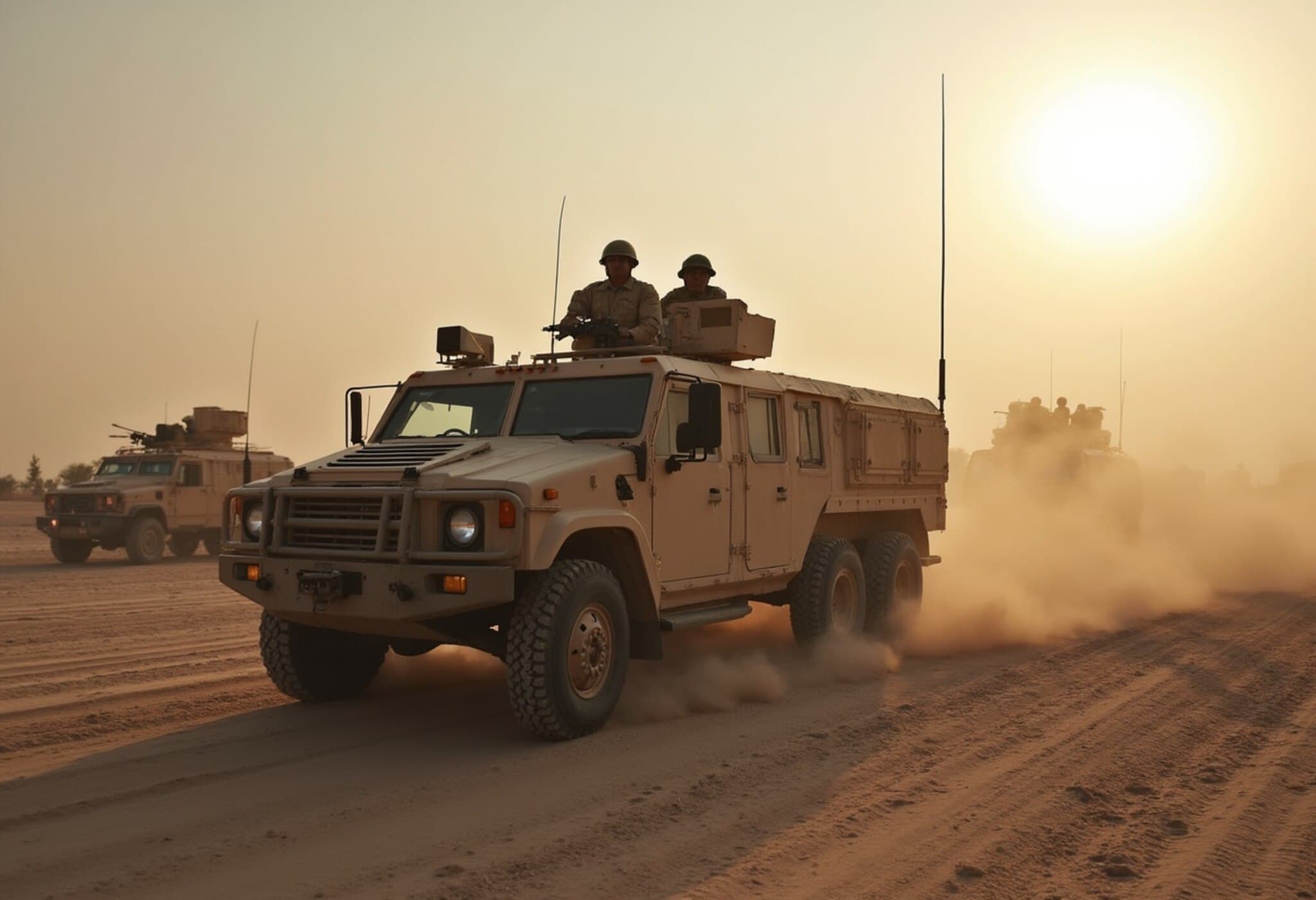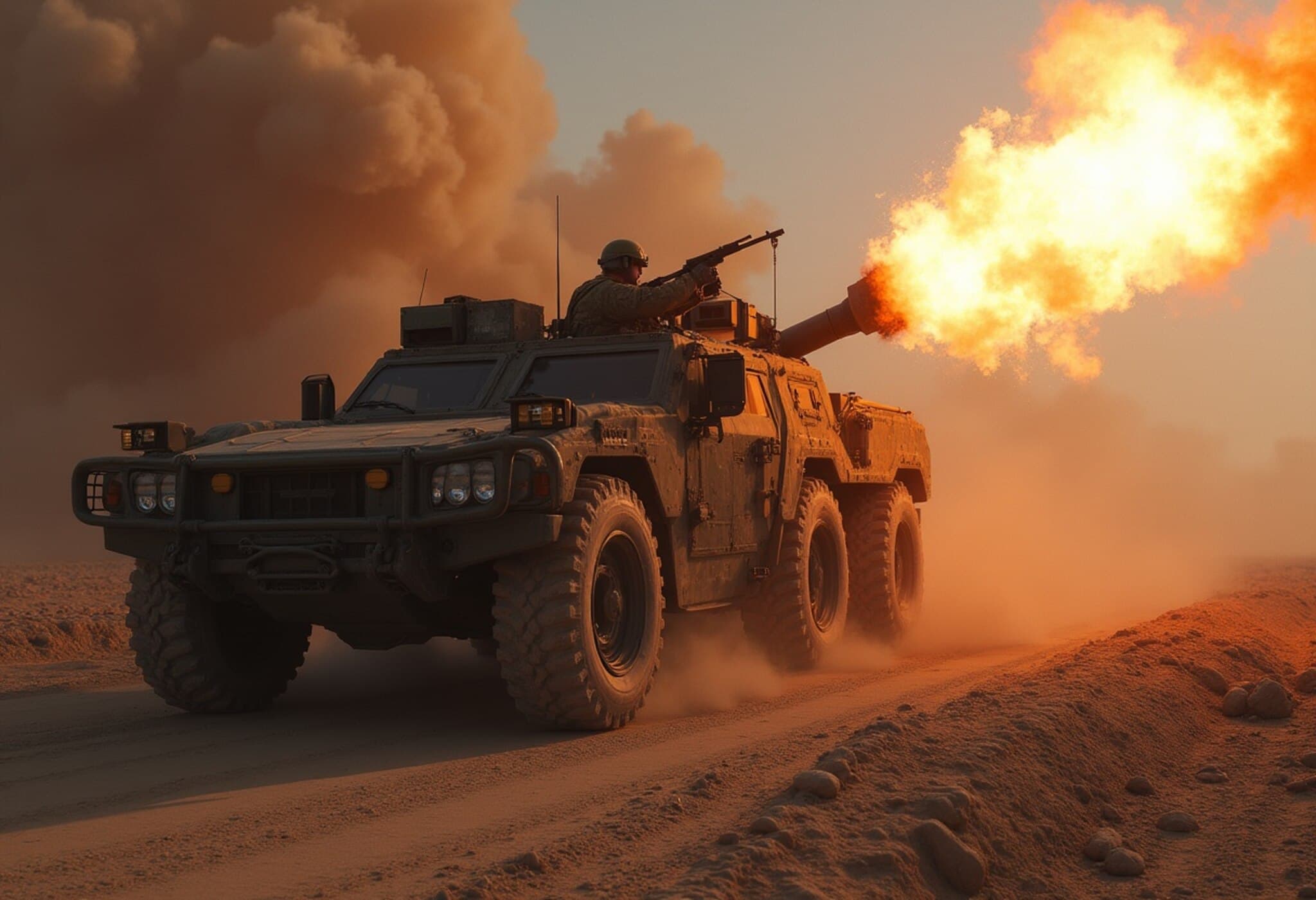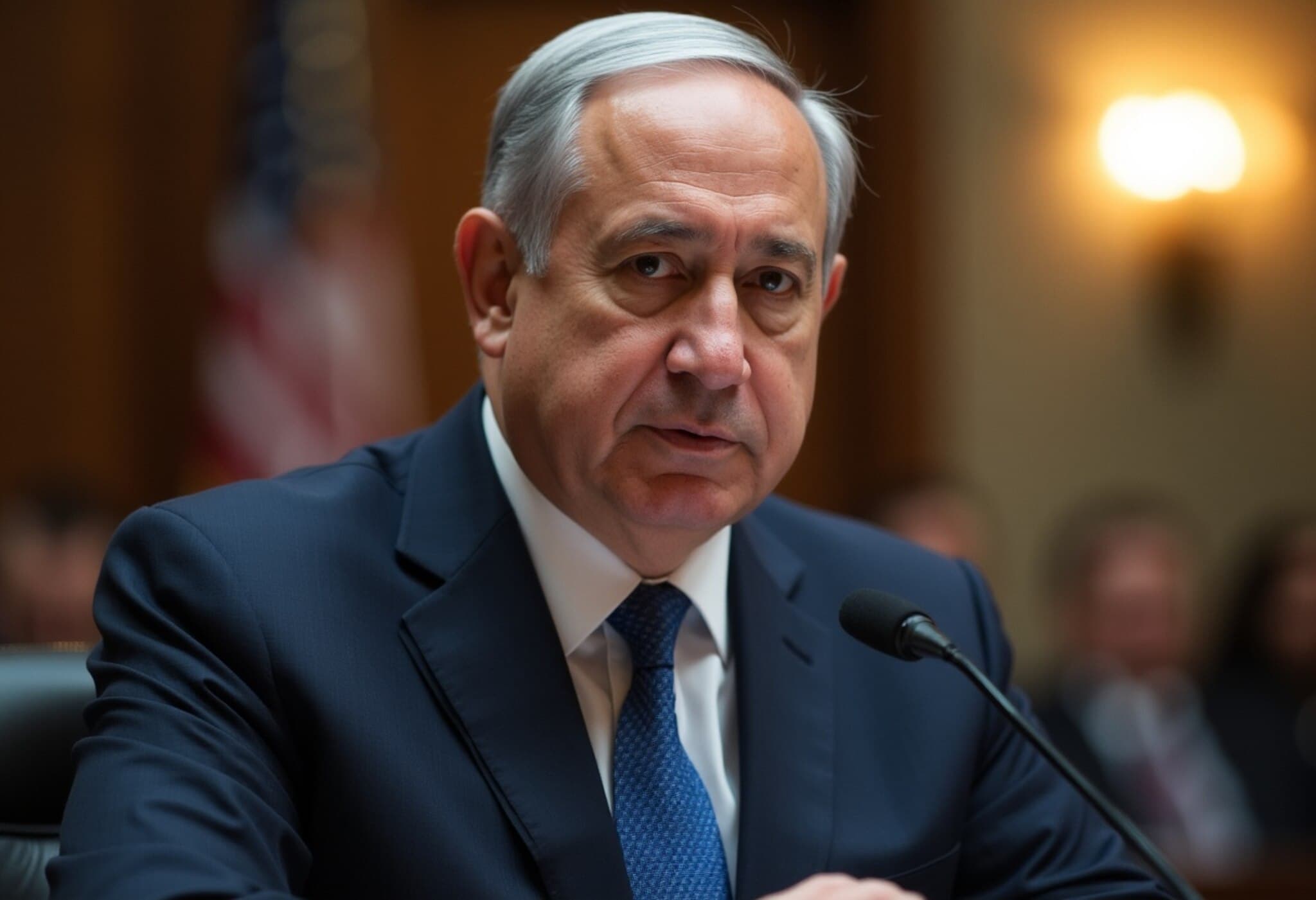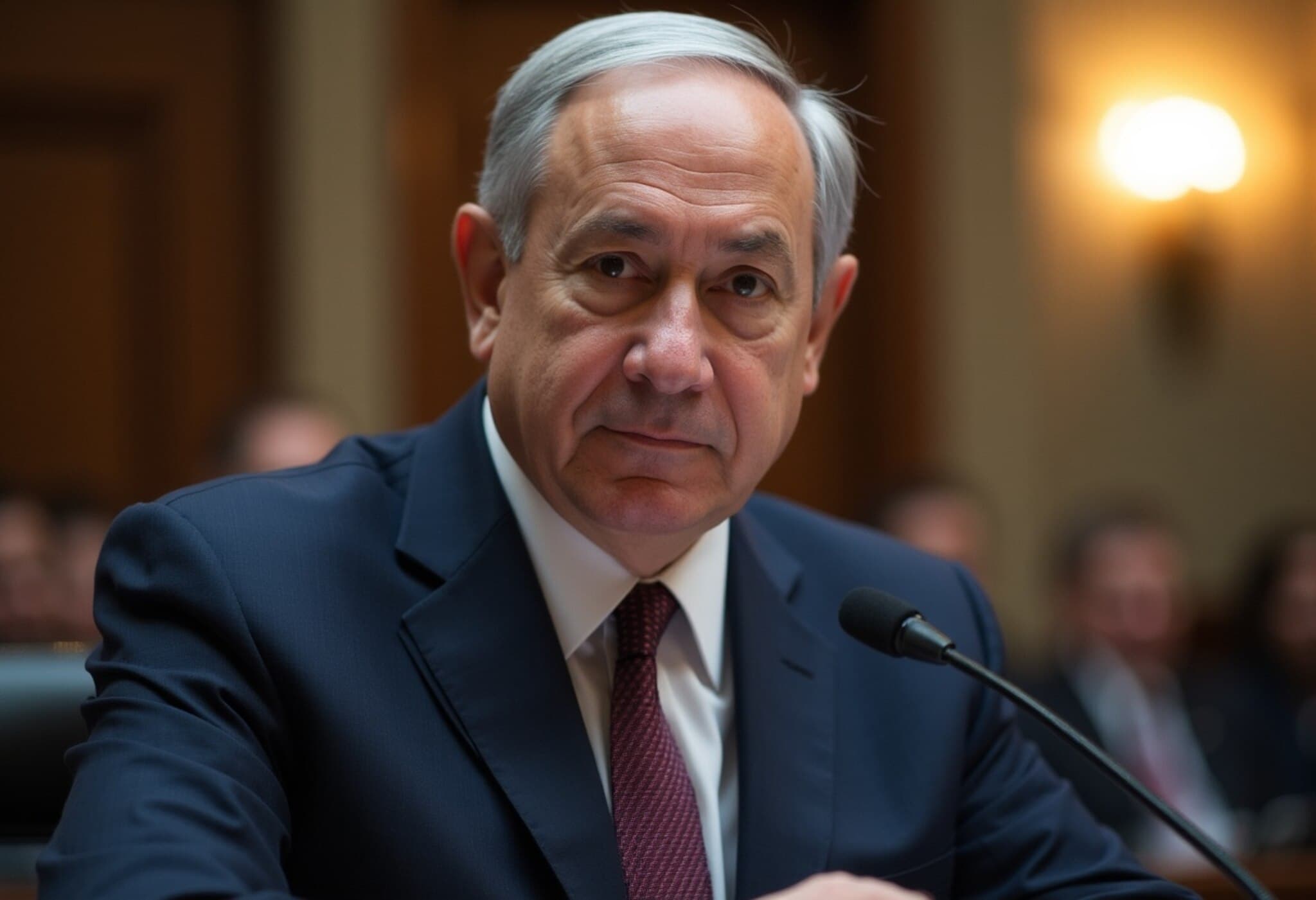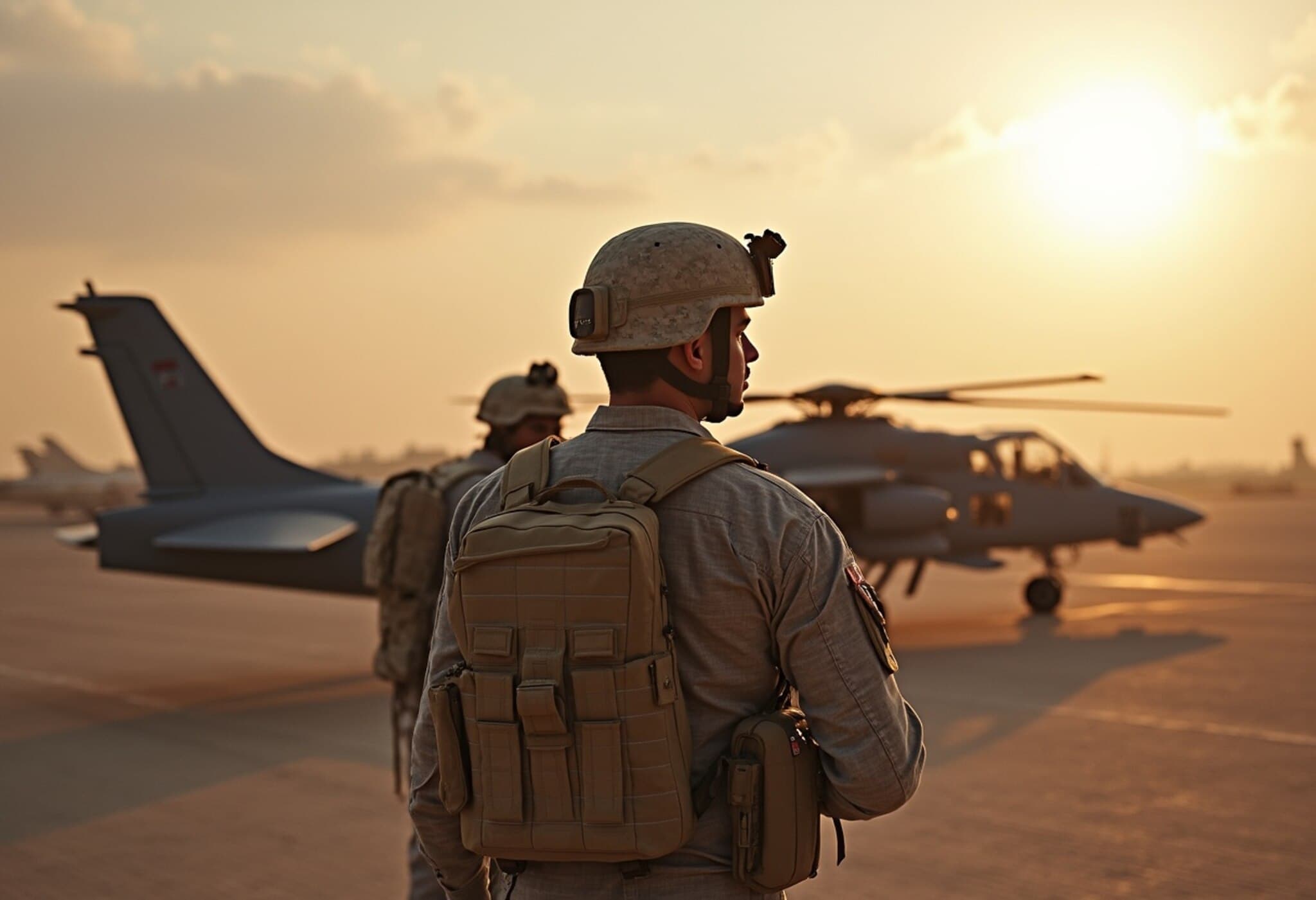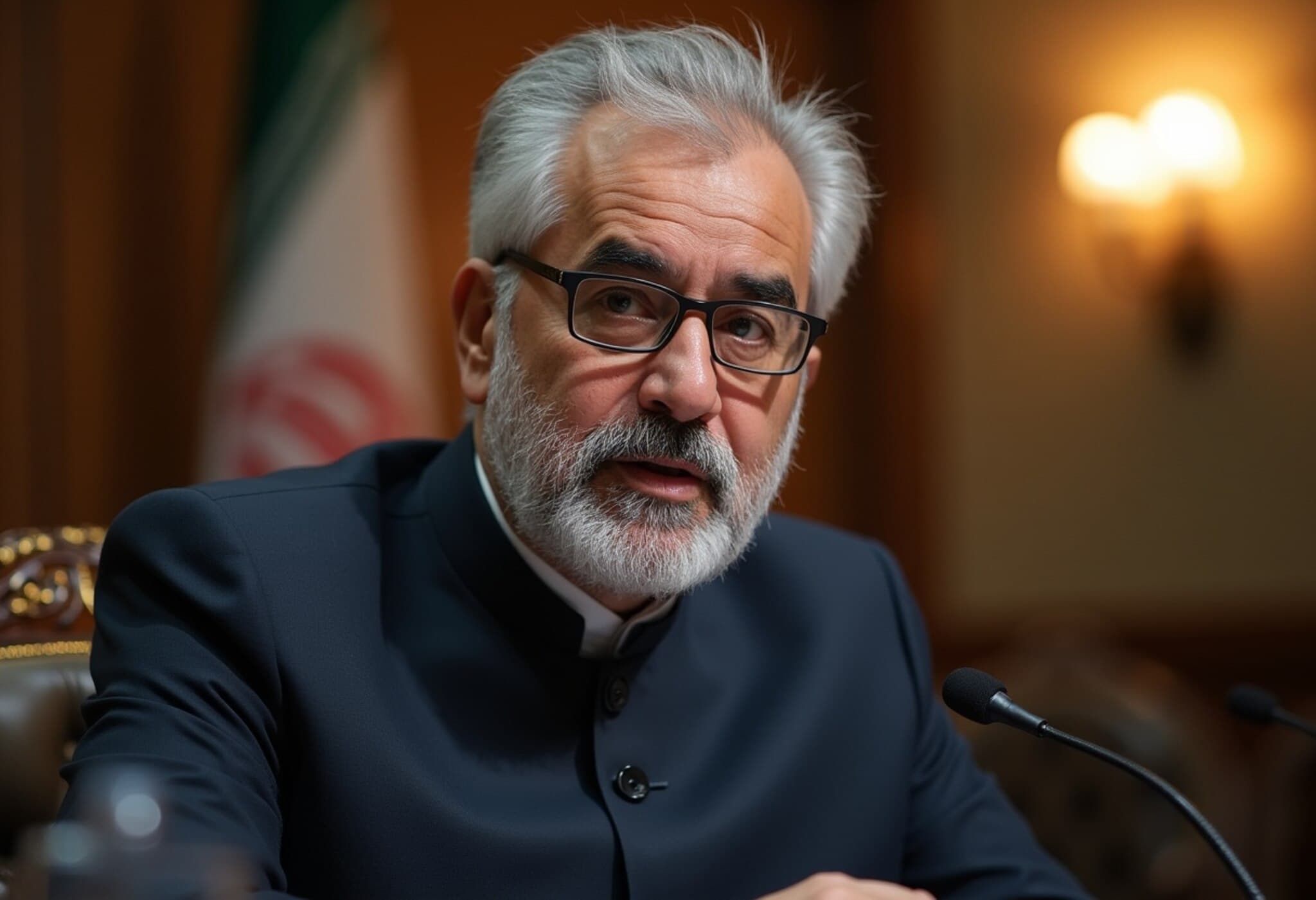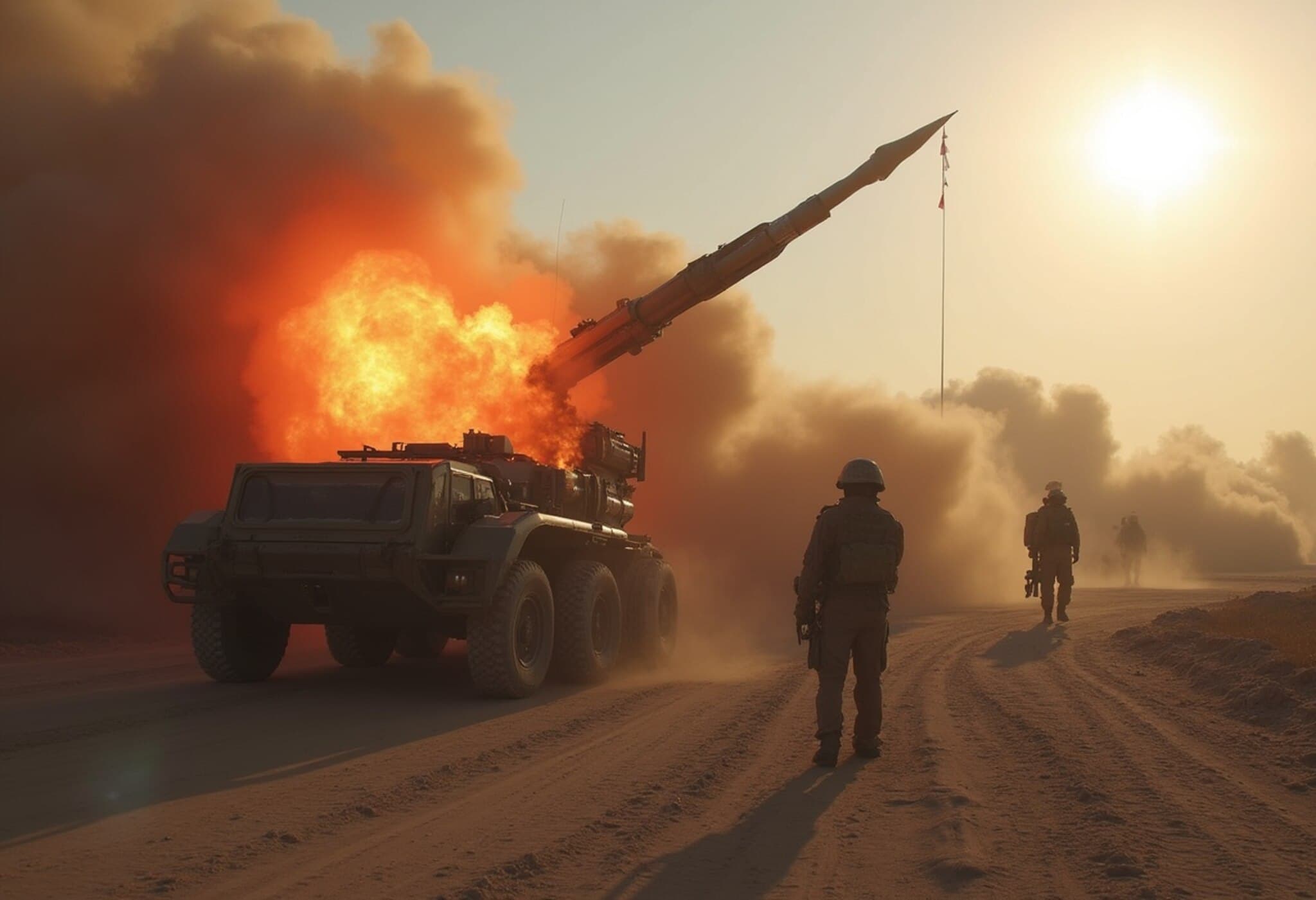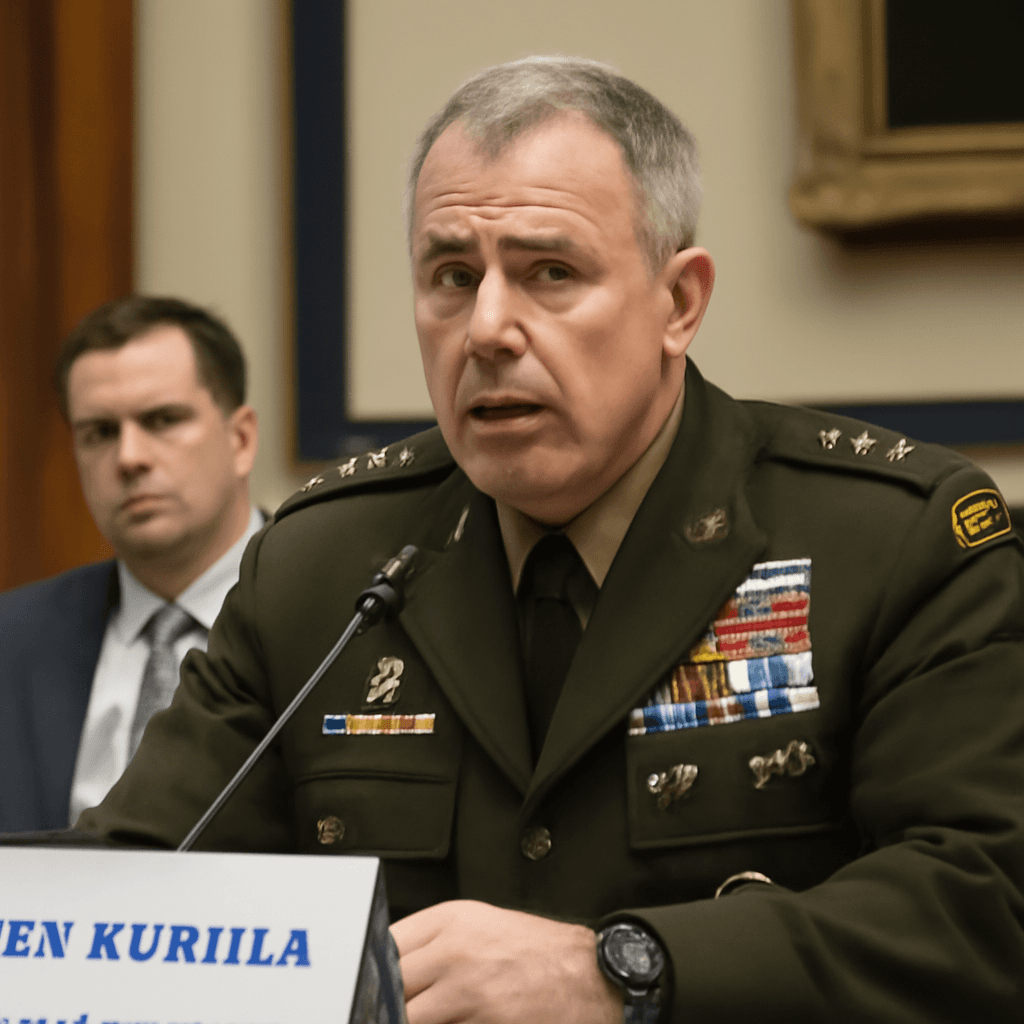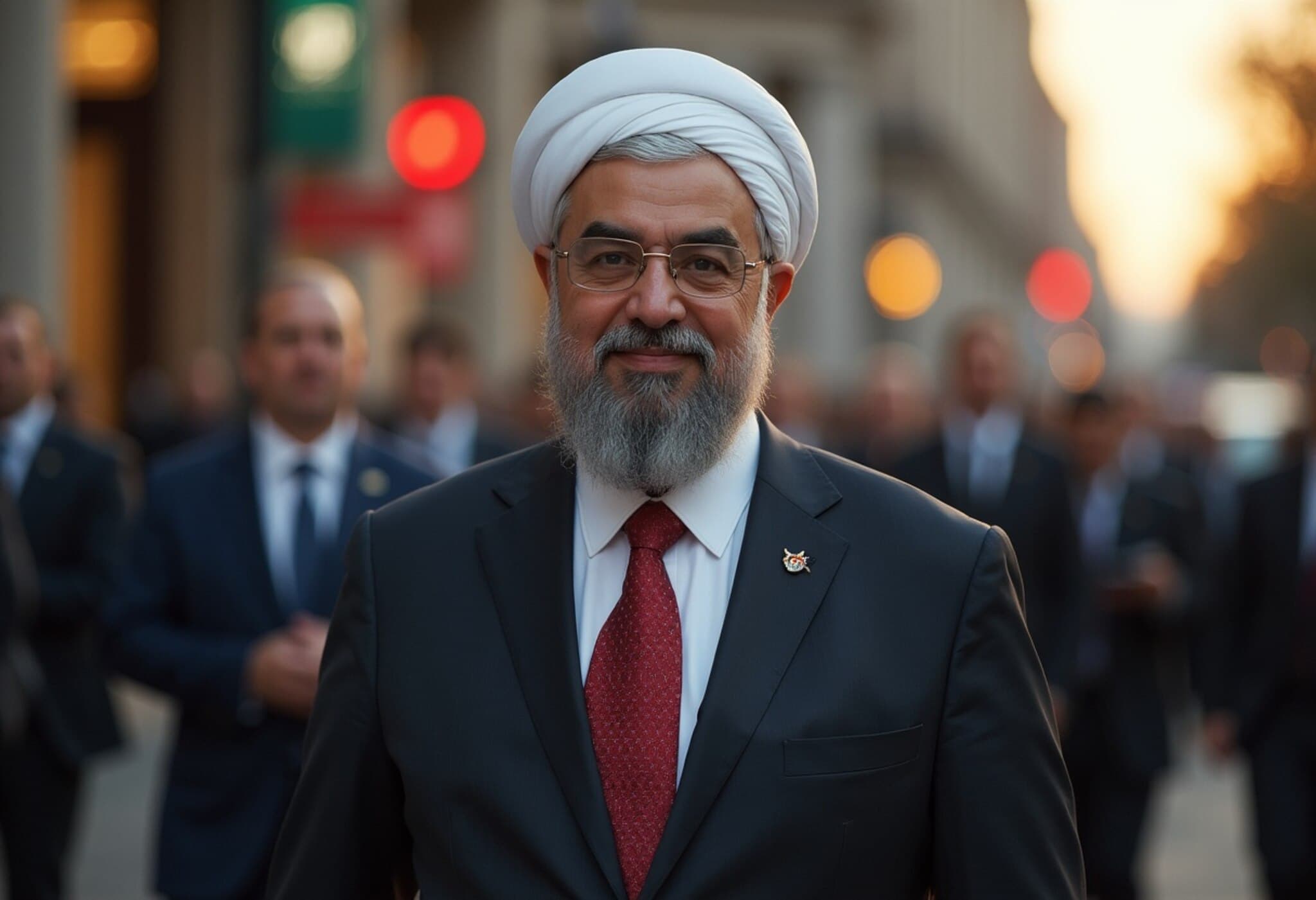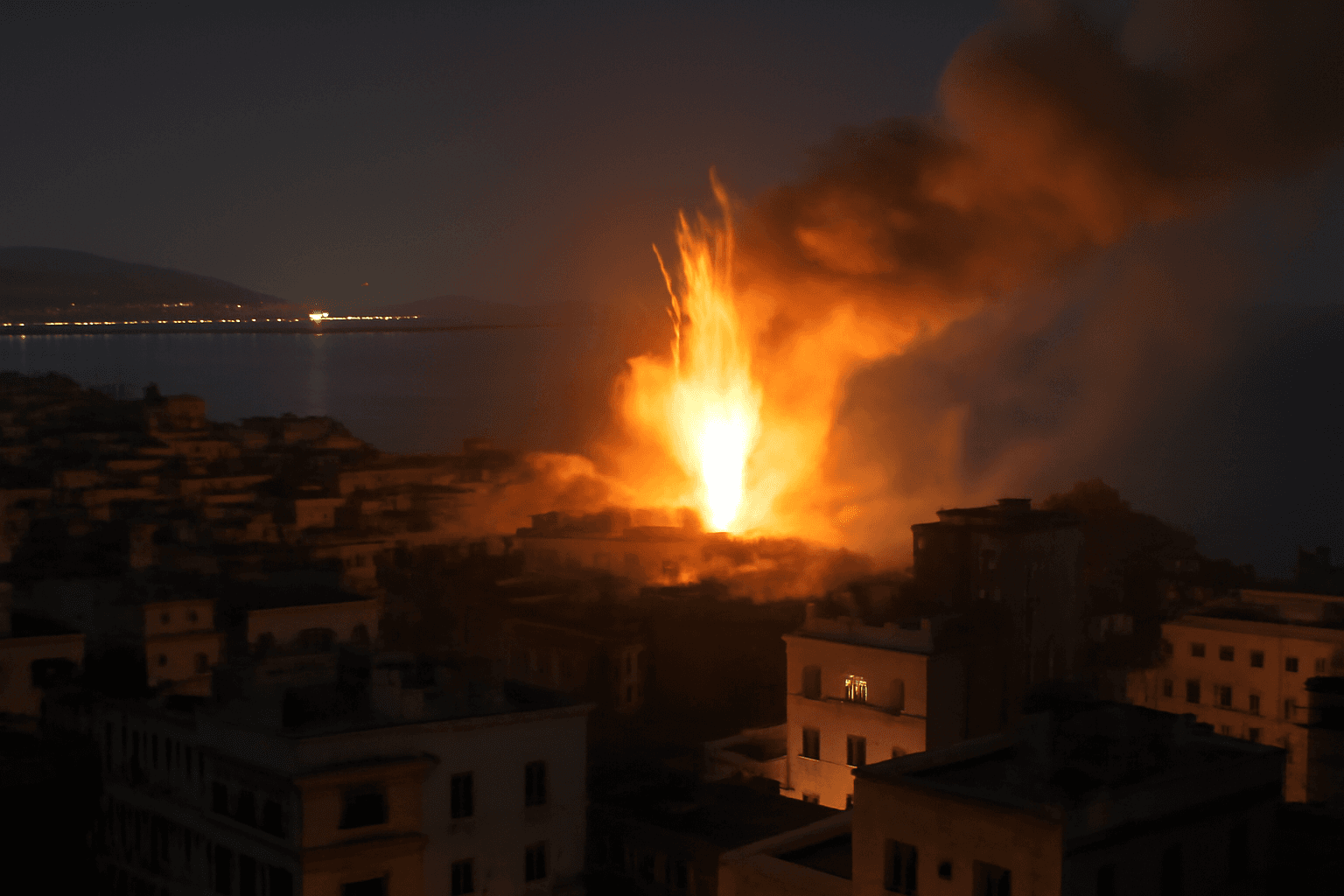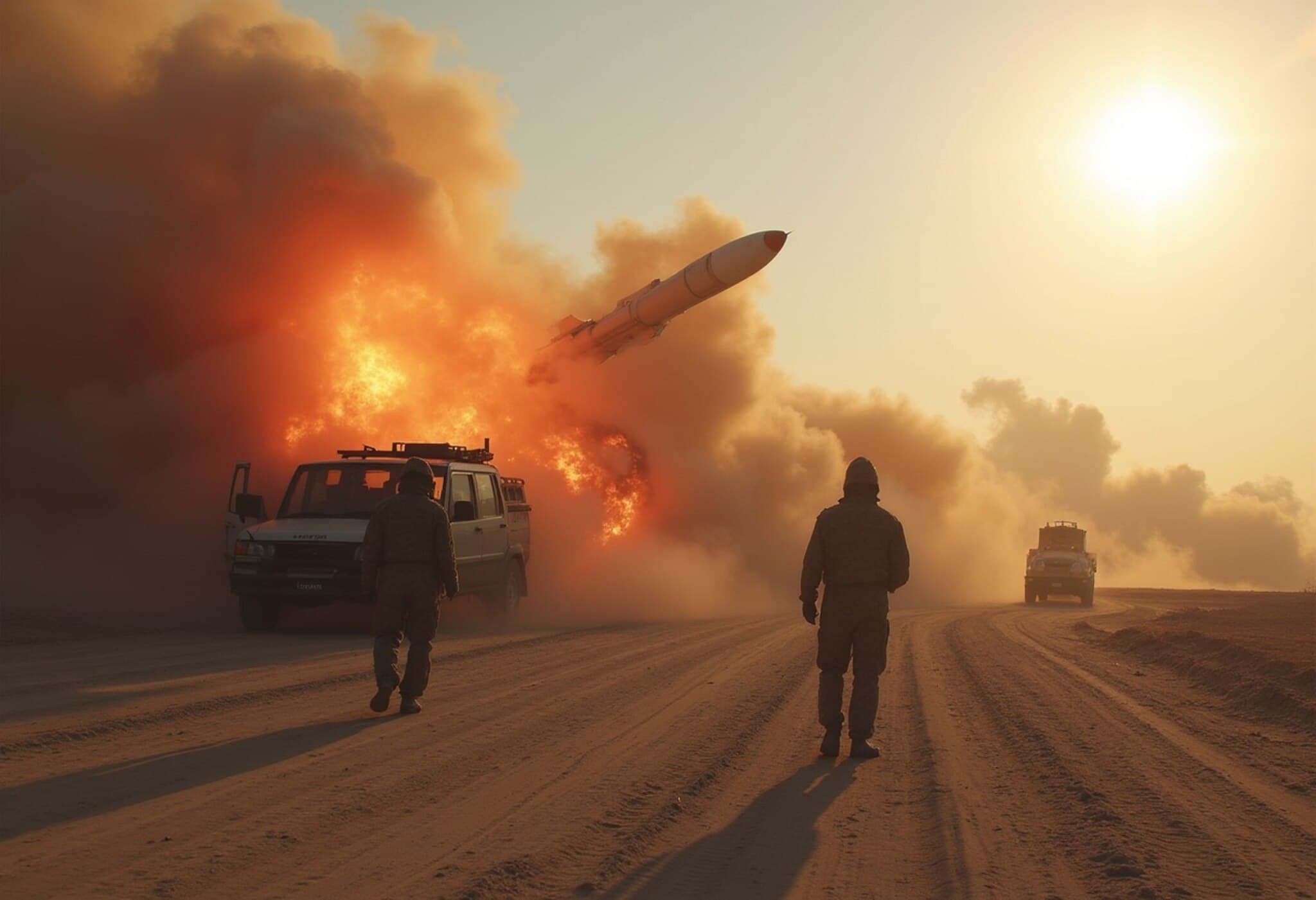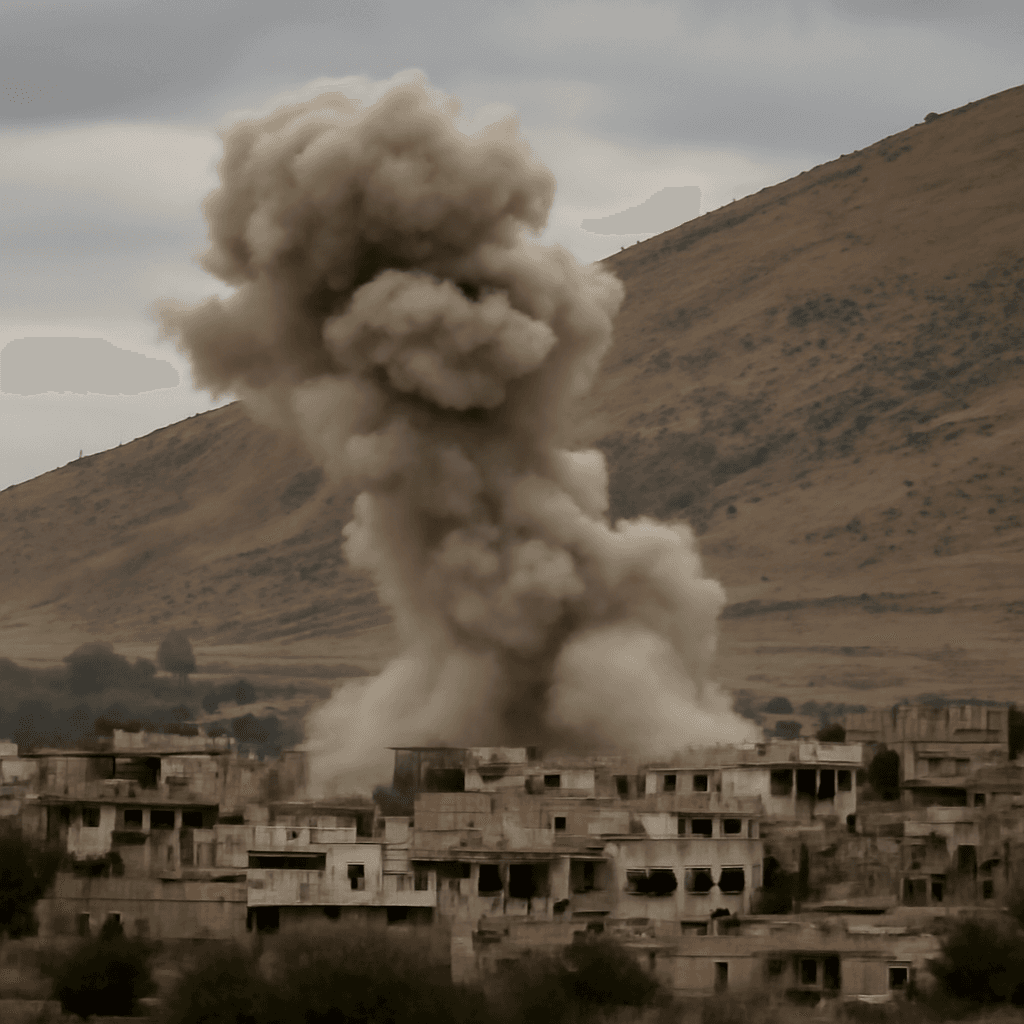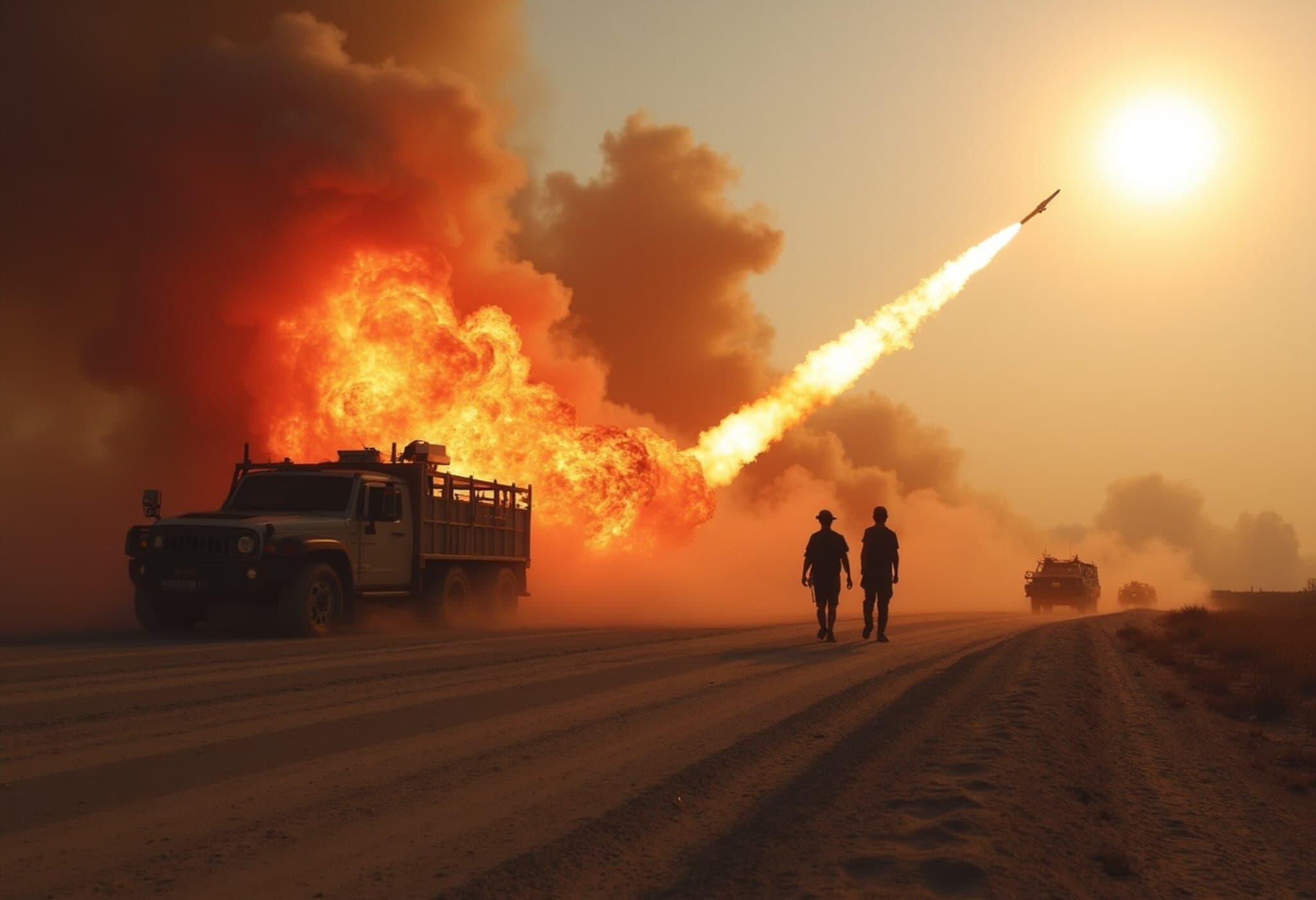US Military Presence in the Middle East: A Regional Overview
As tensions escalate in the Middle East following recent US airstrikes on Iranian nuclear sites, attention is shifting toward key American military installations scattered across the region. Iran has sharply warned of severe repercussions, threatening targets linked to US forces in West Asia as the Pentagon prepares for likely retaliatory actions.
Iran's Response and Potential Targets
Following the coordinated strikes on Iran’s nuclear facilities at Fordow, Natanz, and Isfahan, Tehran’s rhetoric has intensified considerably. Statements from high-ranking figures emphasized that every American military member or citizen in the region stands in the crosshairs. Calls from hardline Iranian voices urge missile attacks on US naval assets in Bahrain and efforts to block the Strait of Hormuz—a vital maritime chokepoint used by American and allied naval vessels.
Mapping the US Military Footprint in the Middle East
The United States commands a substantial force of over 40,000 troops stationed across various countries in the Middle East. These deployments fall under the jurisdiction of the US Central Command (CENTCOM), concentrated mainly in Qatar, Bahrain, Iraq, Syria, Kuwait, and the United Arab Emirates (UAE). Each base plays a strategic role in regional security operations and serves as a potential focal point amid escalating hostilities.
Bahrain: The Heart of US Naval Operations in the Gulf
Home to the US Navy's Fifth Fleet and Naval Forces Central Command, Bahrain is a linchpin of American naval power in the Persian Gulf. Despite its small size, Bahrain's deep-water port accommodates some of the largest US warships, including aircraft carriers. The base hosts four anti-mine vessels, two logistical support ships, and US Coast Guard assets, cementing its significance since British Royal Navy operations first established a presence there in 1948.
Qatar: The Largest US Military Air Base
Al Udeid Air Base in Qatar stands as the largest US military installation in the Middle East. It houses vital elements of CENTCOM’s forward command, including air forces and special operations units. This base facilitates the deployment of rotating combat aircraft and operates the 379th Air Expeditionary Wing, supporting ongoing missions throughout the region.
Iraq: Key Ground and Air Facilities in a Complex Landscape
With roughly 2,500 US troops in the country, Iraq hosts multiple American bases such as Al Asad Air Base in Anbar and Al Harir Air Base in Erbil. These installations support counterterrorism efforts against groups like ISIS but have also been targets of Iranian retaliatory strikes in the past, notably after the killing of Iranian Quds Force General Qasem Soleimani in 2020.
Syria: Continued Presence Amidst Conflict
The US maintains a military foothold in Syria, primarily at the Al Tanf Garrison near the borders with Iraq and Jordan. This base remains crucial for operations against militant groups emerging from Syria’s prolonged civil war.
Kuwait: Strategic Airlift and Army Operations Hub
Kuwait hosts several US military sites, including Ali Al Salem Air Base—close to the Iraqi border—and Camp Arifjan, which serves as the forward headquarters for US Army CENTCOM elements. The country also functions as a major airlift hub facilitating the movement of troops and equipment across the region.
United Arab Emirates: Modern Air Power and Defense Training
Al Dhafra Air Base in the UAE is home to the US Air Force's 380th Air Expeditionary Wing, which operates advanced fighter jets like the F-22 Raptors, alongside surveillance drones such as the MQ-9 Reaper. The base also hosts the Gulf Air Warfare Center, specializing in air and missile defense training.
Looking Ahead
With hostilities simmering and retaliatory moves anticipated, US military bases across the Middle East find themselves at the center of heightened geopolitical tensions. Their strategic importance underscores the complex balance of power in the region and the risks faced by American personnel stationed far from home.

